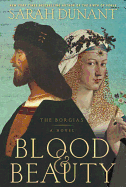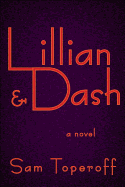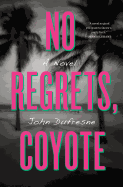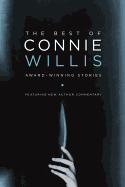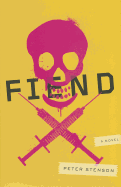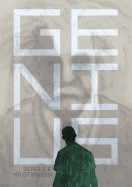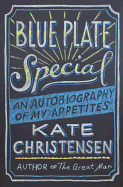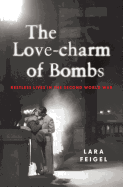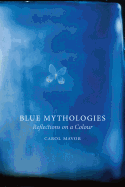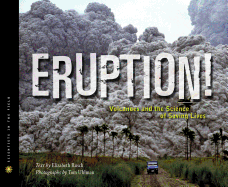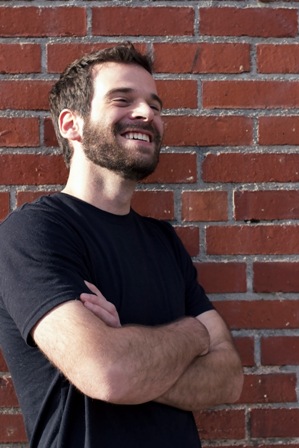 |
| photo: Robbie Lane |
Peter Stenson received his MFA from Colorado State University in 2012; his stories and essays have been published in the Sun, the Bellevue Literary Review, the Greensboro Review, Confrontation, Post Road, Fugue, Harpur Palate, the Pinch, Blue Mesa Review and elsewhere. His debut novel, Fiend (Crown July 9, 2013), gives a fresh twist to the zombie apocalypse, with meth addicts as the unlikely survivors contending with hordes of the undead. Stenson is a recovering addict and has been sober for 10 years. He lives with his wife and daughter in Denver.
On your nightstand now:
Being reared in the Sesame Street Generation, I'm a reader who likes to be working his way through two books at the same time. Call it ADD. Call it matching mood to reading material. Really, I have no idea, only that inevitably, when I'm attempting to read a single novel at a time, my mind wanders. So right now, I'm reading Philipp Meyer's The Son and George R.R. Martin's A Game of Thrones. Meyer's ability to add beauty to violence is unparalleled (except, of course, by Cormac McCarthy), as is Martin's gift of creating the most intricate alternative worlds since Tolkien.
Favorite book when you were a child:
I have a four-month-old daughter. She's our first. The moment my wife told me she was pregnant, I pretty much ran from the bathroom straight to the bookstore (side note to expecting fathers: this was not a good reaction). I bought Steve Kroll's The Biggest Pumpkin Ever. It's about two field mice who, unknown to one another, nurture the same pumpkin. I remember the intense anxiety I felt as a child about what would happen when the other found out, and what the fate of the pumpkin would be (win the village contest or be carved into a massive jack-o-lantern). And, still, 30 years later, reading it to my daughter made my chest all sorts of tight.
Your top five authors:
I've always felt that music heads are much better at the top five questions than writers (top five albums, top five guitar solos, top five bass riffs, etc.). I feel like writers are a bit reluctant to actually commit to the listing of greatness, as if somehow ranking them shows our literary heroes/influences too much, or maybe out of a sense of guilt for those left off. With that said, I would have to say Lawrence Durrell's Justine has been my favorite novel over the past 15 years. It's the one book I can restart as soon as I finish it. Nabokov's playfulness with words makes me sincerely happy. I want somebody to read Cormac McCarthy's prose to me when I'm on my deathbed. The final scene of James Baldwin's Sonny's Blues is the most magical bit of writing I've ever come across. And nobody knows the complex darkness of humanity like Dostoyevsky.
Book you've faked reading:
I've read a little of all of Jonathan Franzen's books, yet haven't finished a single one (lied about each). Something about his overindulgence in internalization makes me want to die. And I still haven't finished a book by James Joyce. I find them maddening; I'm simply not smart enough.
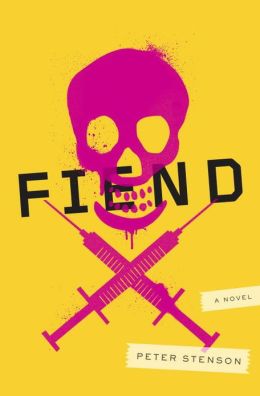 Book you're an evangelist for:
Book you're an evangelist for:
I've been a fan of Stephen Elliott for a while now. I think in his memoir, The Adderall Diaries, something clicked, and it came out with so much energy, so much passion, so much pathos, while also being clean and full. It's absolutely phenomenal. I tell everyone to read it. On a very different note, the same is true for Ernest Cline's Ready Player One. This book is obviously a major hit, so my evangelizing is usually pointless, but I do it nonetheless. It is the one book over the last five years that I happily gave up my writing time to read.
Book you've bought for the cover:
Back when Borders was alive, I stumbled across James Boice's MVP. The cover showed a giant man dressed in a suit shaking hands with a smaller man (obviously an athletic draft of some sort). But both of their faces were blotched out with a large orange circle with the book's title. And the image on the cover was kind of done in a pixilated/pointillism style, also adding to the mystery. I didn't even read the back, just picked it up and walked to the counter (turned out to be a great read).
Book that changed your life:
In my late teens, I was walking around Minneapolis during my lunch break. I was working at a travel agency, living in a halfway house for recovering addicts and not really in love with life. I stumbled across a free book bin outside of a used bookstore. There was one book left: Herbert Gold's The Great American Jackpot. I read the book in a day. I loved it. I fell in love with San Francisco and with run-on sentences and with broken characters going to extremes because they'd messed up all of their other options (i.e., I fell in love with a fictionalized version of what I was going through). I'd always wanted to be a writer, but this book, serendipitously found, and read during a somewhat desperate time in my life, affirmed that desire, somehow making it a fact--I would be a writer.
Favorite line from a book:
As I mentioned earlier, Durrell's Justine is my favorite novel. So it's only fitting that my favorite line comes from its pages. Durrell writes, "These are the moments which are not calculable, and cannot be assessed in words; they live on in the solution of memory, like wonderful creatures, unique of their own kind, dredged up from the floors of some unexplored ocean." Not to sound corny, but I believe this line pretty much pinpoints that unnameable quality that makes up a person (soul or psyche or whatever the hell you want to call it) in a beautiful and profound way. This quote is tattooed along my left ribs (cool now, probably won't be when I get fatter and text tattoos become the lame equivalent to barbed wire tattooed around one's bicep in 10 years).
Book you most want to read again for the first time:
I've been meaning to reread Dennis Cooper's The Marbled Swarm for the past two years. The book haunted me--the language, the perverse desires, the absurdity that for some reason seemed anything but. I was blown away by this novel. It wouldn't leave my mind for months. Which, when I think about it, is probably why I haven't reread it yet (not sure I want my dreams once again plagued by the nightmares of people living in hollow rooms behind my walls).
Book Brahmin: Peter Stenson
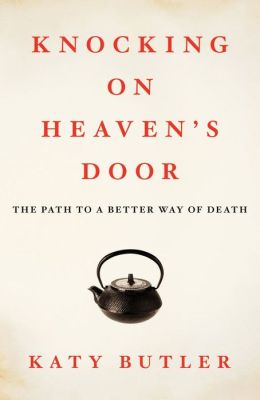




 Book you're an evangelist for:
Book you're an evangelist for: